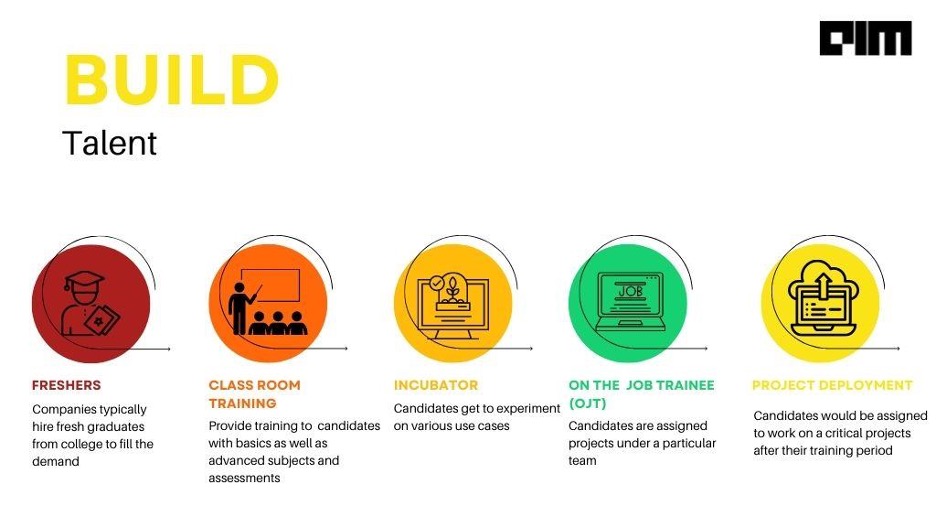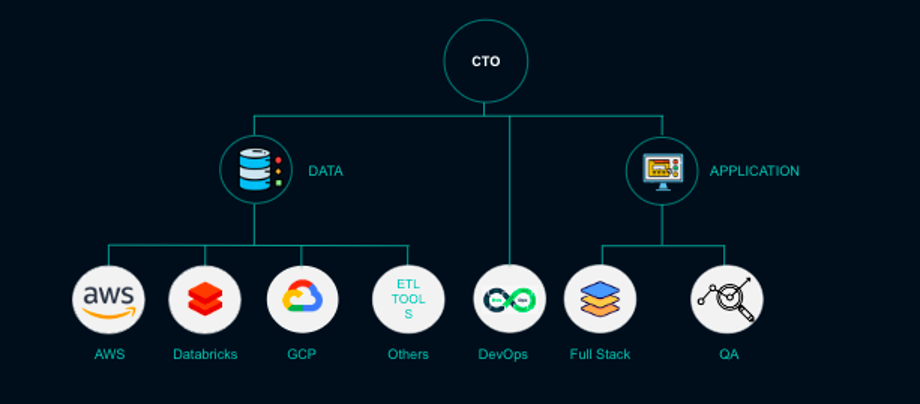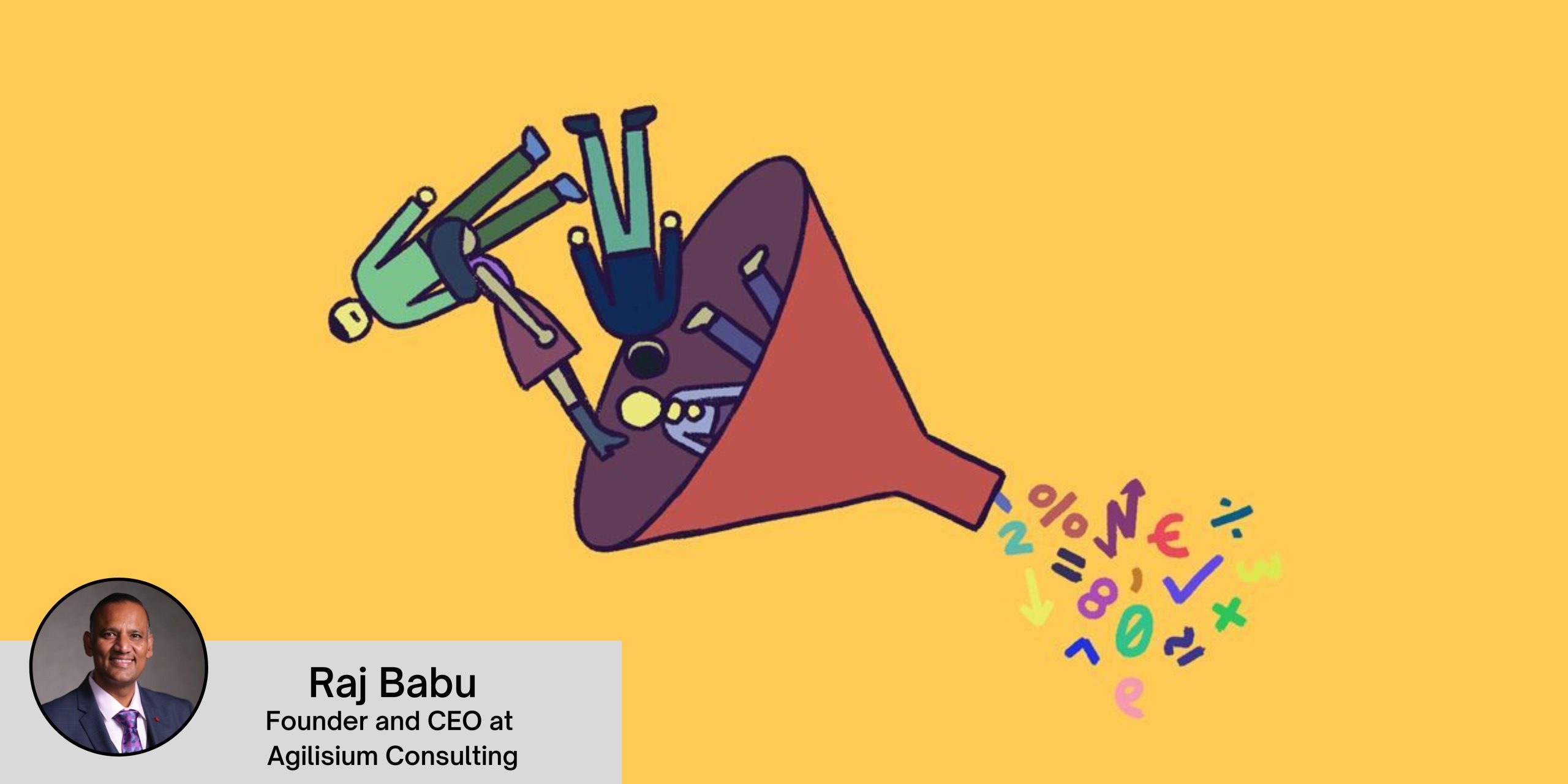|
Listen to this story
|
In this day and age, recruiting is often deemed one of the most daunting tasks. With the rapid digital transformation across several industries, the talent crunch is becoming more evident. Microsoft data reveals that more than 149 million new jobs will be created by 2025. Out of these, 1 million would be in the area of privacy and trust, 6 million would be in cyber security, 20 million in AI, data analytics, and machine learning, and the remaining 98 million are expected to be in the software development space.

The demand for digital roles is growing rapidly, and scouting for talent is becoming more and more difficult. If organisations do not change their ways to adapt and alter their strategy, it could have a significant business impact. As per Korn Ferry, nearly 85 million jobs could go unfilled by 2030. In another study, McKinsey & Company said that 87 per cent of executives experience skill gaps in their workforce. About 70 per cent of digital transformation initiatives fall short of goals, according to Forbes and BCG.
Retaining employees is also not an option. As per a joint study conducted by Accenture and Consultancy UK, 14 of the G20 countries could miss out on as much as $11.5 trillion of cumulative growth promised by intelligent technologies over the next decade—if they are unable to meet future skills demand.
This is where the talent operations and management solutions models come into the picture. Before we discuss how it adds value to businesses, and help them hire talent faster, let us look at some reasons behind the talent crunch, alongside touching upon the macro and microeconomics, other methodologies implemented by companies and more.
So, what is the reason for the talent crunch?
Due to lack of digital talent, both in-house and in the pipeline, over half of enterprises report being held back from digitising completely. In a study by Udacity, 46 per cent of enterprises have experienced project delays due to a lack of job-ready talent.
Here are some reasons for the shortage of digital talent:
- Covid-19 significantly accelerated the demand for digital skills.
- The pre-Covid digital talent market, which was local, abruptly switched to the global talent market post-Covid.
- Reduced technology shelf life (3 years) needs significant upskilling.
- More effort is spent in talent acquisition than on development.
- Education is not designed to cater to digital transformation.
- Digital literacy was not a need at all levels in an organisation.
Bursting talent bubble
When you look at the talent crunch at both macro and micro levels, it paints a very vivid picture. At the macro level, we are seeing an era of Great Resignation coming to an end, alongside the fear of a plausible recession. Both have an immense impact on the talent demand-supply cycle.
At the micro level, because of great resignation, talented individuals are bound to have multiple job offers, alongside the rise of moonlighting and continued wage hikes. Earlier, Forbes reported the highest employee resignation at 40 per cent—the ‘Great Resignation’. But, this is expected to change soon with the recession just around the corner.
Addressing the talent crunch with workforce engineering
Currently, companies are dealing with a talent crunch by building it from scratch and focusing on hiring fresh graduates or campus hires. Once they are onboarded, they are typically put on training or boot camps. This is where the candidates learn various case studies and use cases of technical knowledge and skills. Following this, they are placed as a job trainee (OJT), followed by project deployment.

Another way to hire candidates would be to ‘Borrow,’ where companies typically hire subcontractors from partners for immediate needs. Or ‘Buy’, where they hire full-time for project requirements on core services.
Besides these, others include SISO (staff in staff off) and full-time equivalent (FTE). SISO is nothing but re-deployed associates (2+ years in the same project) from existing projects with OJT. FTE is mostly role-centric rather than resource-centric, where one role can be shared by two resources—mostly seeing talent as not just an individual but as role(s) entailing skill and expertise.
Talent Operations Solution Model
With this model, the stakeholders can explore categories or price inhouse talent by relevant project experience, role, job level, and geo-locations. In addition, it helps in sourcing resources from various locations, including Vietnam, the Philippines, Bulgaria, Costa Rica, and others. This model helps companies source talent from India and hire talent from other countries, giving additional cost benefits and other advantages.

This model also gives flexibility in terms of pricing based on volume, type of engagement and other aspects. It also provides a CTO office and CEO-backed delivery system as shown below.

Talent Management Solution Model
First and foremost, one of the biggest threats to talent for any company is role dilution, where a specialist becomes a generalist or a hyper specialist. This is influenced by dissatisfaction with work, salary and bill rate not aligned to job, hyper attrition risk, and other such factors.
How do you solve the role dilution problem? The answer would lead us to ‘role fortification,’ where a specialist becomes a super-specialist working on multiple projects and roles. Here, they would be involved in doing jobs aligned to their skills, salary and bill rate and, most importantly, become a blueprint for talent development.
Secondly, skill stagnation and cost escalation are considered the biggest hindrances. This can be solved using skills development, which helps candidates increase their wages and keeps the resource moving up the value chain.
The third roadblock is the ‘challenge of pyramid distortion.’ It means to keep the same people in the team for long durations will result in an inverted pyramid distorting the value-to-cost ratio and also talent morale. With the help of a talent rotation strategy, a proper talent rotation strategy is created. This provides better customer value and keeps the talent up to date with evolving technology.
Conclusion
In the given scenario where access to global talent and remote working is a norm, organisations have to use talent strategies as their competitive advantage by a multi-thong approach to talent engagement. Partnering with technology-specific talent suppliers with better control of their resources enabled by a digital hiring platform is the way to go.
This article is written by a member of the AIM Leaders Council. AIM Leaders Council is an invitation-only forum of senior executives in the Data Science and Analytics industry. To check if you are eligible for a membership, please fill out the form here.










































































